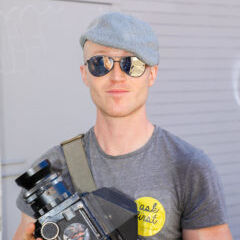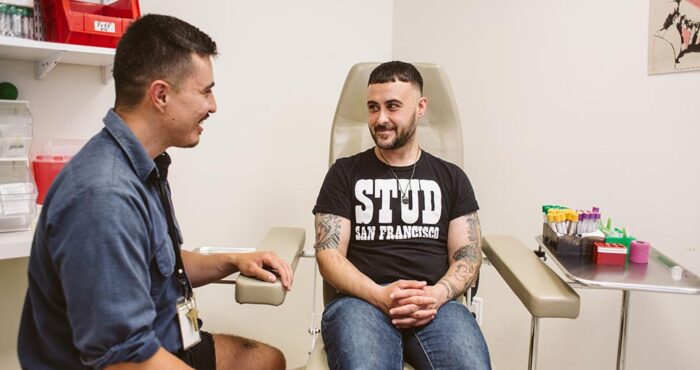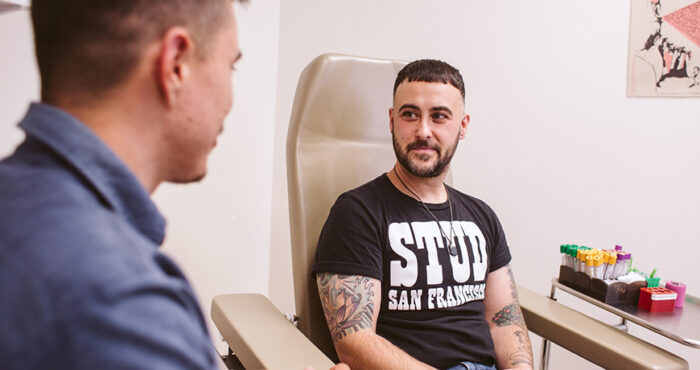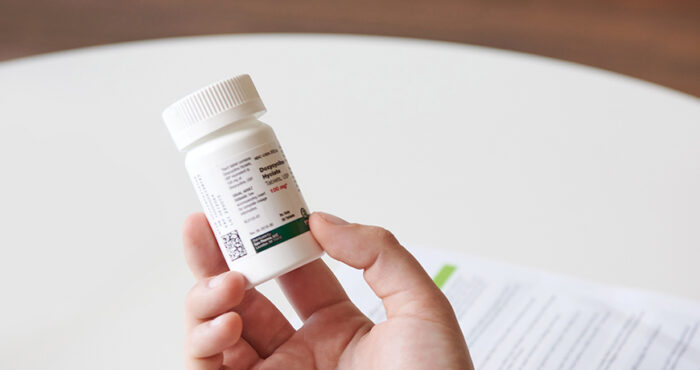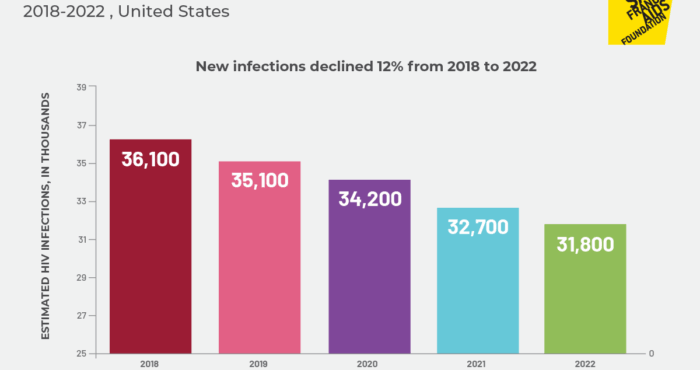About a year and a half ago I got an alert while looking at Grindr that Bridge HIV was looking for volunteers for a study. Participants had to be HIV-negative gay men between the ages of 18 and 45 located in the San Francisco Bay Area. Check, check, and check. The ad mentioned that the study also paid. Sold.
I was cautious but reasonably optimistic about getting involved. For one, I’ll be honest, it’s easy money. Not dazzling amounts, but enough to cover a few grocery bills in a month. I would be enrolled in the study for at least two years, during which time I would be screened quarterly for STIs and given free treatment as needed. The study also ensured that should I choose, I would be given access to PrEP free of charge. So I would not only be making money, but saving it. What more could I want?
My parents were cautious. My father said one word – “Mengele” – sending me down a Wikipedia hole of Nazi atrocity. Which then led to some research of my own into other human rights abuse by the medical establishment, the most lasting results of such studies have been the continued under-representation of minorities in medical research.
Why might researchers fail to include minorities in medical research?
There’s lack of outreach for one. It’s easier for researchers to recruit from on or near college campuses, locations which already tend to skew white and heterosexual.
There are also socio-economic barriers to inclusion. Minorities are often lower-income, and many studies are located in areas that are not easily accessible by public transportation, requiring personal transport to get there, or else require taking time off work, time few individuals can afford to give. But history may be the biggest obstacle of all, coming in the form of the Tuskegee syphilis experiment and Project 4.1, giving targeted minorities some very good reason to ask exactly why they are being targeted.
I knew from the start that I was the target for this particular study: gay, male, local, over the age of 18, and HIV-negative. And I knew that the success of this study required the participation of people like me. But I also knew that I ought to ask why.
There are actually quite a lot of studies available for the public to join, examining everything from back pain to cardiovascular health to erectile dysfunction, largely aimed at recruiting participants affected by the specified conditions. Much of the advancement of treatment of HIV has relied on the recruitment of willing individuals for clinical research. And those living with HIV have options to join studies that do everything from test a new medication to ask for biopsies of lymph nodes. But there are also studies, such as vaccine trials, that require the participation of individuals in generally good health who have not contracted the condition being studied.
Over the course of this particular study, around 2,700 people at multiple sites in North America, South America, and Switzerland will participate in testing the HIV prevention effectiveness of an antibody-based therapy. Participants receive infusions of the antibody-based treatment (or a saline solution), regular HIV tests, and other health checks.
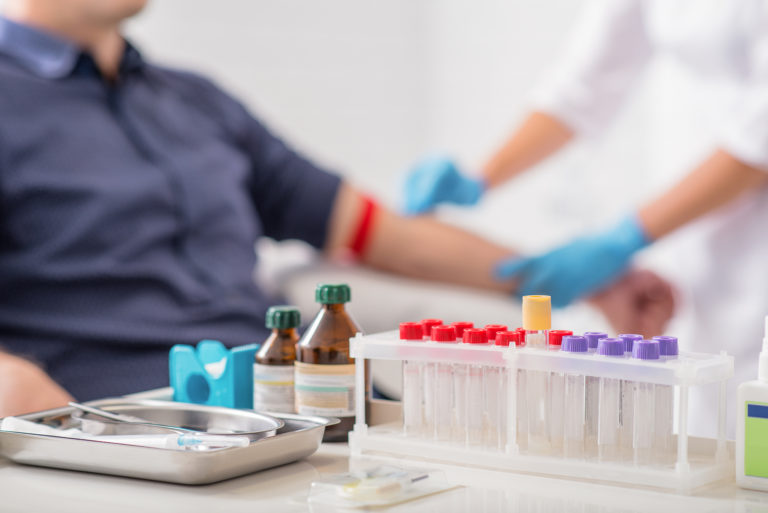
The infusion takes about an hour. The clinician hooks me up to an IV drip and my circulatory system gets flooded with lab-produced HIV antibodies. But there is also a fifty-fifty chance that instead of antibodies, I receive a pint of saline solution straight to the bloodstream. I have no way of knowing which it is, and neither do the researchers, since the study is double blind. I’ve just received my fifth of ten infusions total, so I’m halfway through.
After each infusion, I keep a three day log to keep track of any negative effects experienced. So far, there haven’t been any. I get tested for HIV once every three months. But should I need a test sooner, they request that for the duration of the study I only get tested through them. (Because many HIV tests screen for antibodies, and not the virus itself, getting an HIV test outside of Bridge could result in a false positive.)
The point of the study is to increase our collective knowledge about how the virus operates. And from there, to determine how best to fight it. It could—possibly, maybe, perhaps—mean findings that could lead us to an eventual vaccine, but no one wants to promise that. Not myself, and certainly not the researchers.
That really appeals to me. That the study is an exploration, not a promise. If anyone had advertised it as a way to end HIV, I would probably have never signed up. No one can promise that. We don’t know yet if it is possible to immunize against a virus like HIV—or to look even more wishfully, to cure it—but we can ask questions.
Are there risks? Of course. There are always risks in participating in medical research.
But I’m completely on board with my decision. Even though I originally signed up for the money, I’ve since come round a bit. It felt like being invited to participate in something remarkable. I’m never going to be an astronaut or Nobel laureate or find the cure to HIV, but I can perhaps help the process along that gets us there.
—
Premium aged, naturally aromatic, produced in a facility that also uses soy, nuts, dairy, and gluten: these are the words that might be used to describe Cirrus Wood. Or they may just be something he read off a bag of basmati rice he had in the pantry because he didn’t know what to write here.
Cirrus Wood is a freelance writer and photographer, fine art model, bike messenger and, occasionally, adult film actor. His writing has appeared in the Bold Italic, California Magazine, UC Berkeley alumni journal and other publications.
The opinions expressed in this article are those of the author alone. They do not reflect the opinions or positions of BETA or of San Francisco AIDS Foundation. BETA serves as a resource on new developments in HIV prevention and treatment, strategies for living well with HIV, and gay men’s health issues. Our goal is to inform, empower, and inspire conversation.






